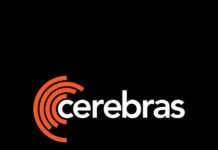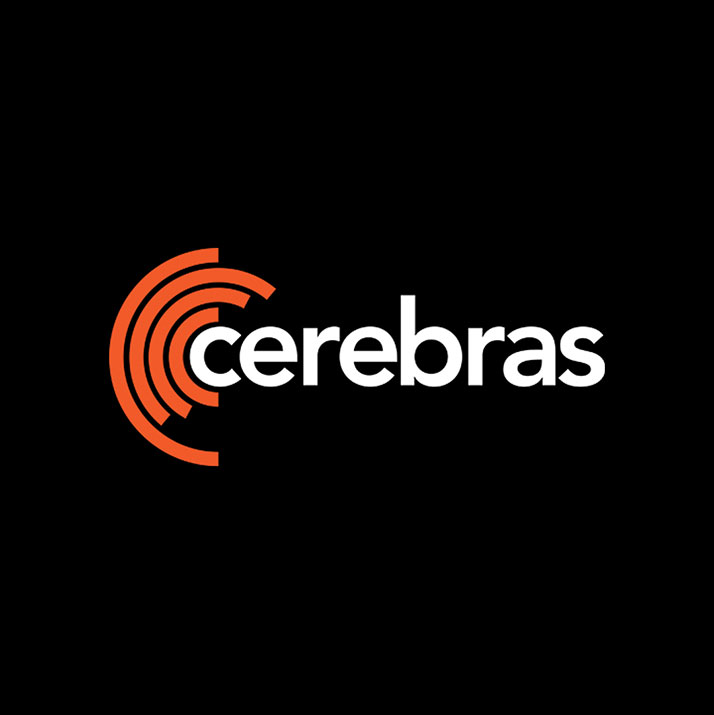Cerebras Systems Achieves a Groundbreaking Milestone in Molecular Dynamics Simulations
Cerebras Systems, a leading force in advancing generative artificial intelligence (AI), has announced a significant breakthrough in the field of molecular dynamics (MD) simulations, setting a new global standard. Collaborating with esteemed researchers from Sandia, Lawrence Livermore, and Los Alamos National Laboratories, Cerebras achieved an unprecedented milestone by completing over one million simulation steps per second. This remarkable feat, accomplished with the Cerebras Wafer Scale Engine, is approximately 748 times faster than the capabilities of the world’s top supercomputer, Frontier.
In a stunning comparison, Cerebras has also outperformed Anton 3, the world’s foremost specialized supercomputer dedicated to molecular dynamics. While Anton 3 operates with 512 specialized processors and consumes 400 kilowatts of power, the Cerebras system significantly surpasses it in performance using only a single accelerator and just 7% of the power. The result is an impressive 20% improvement in performance over Anton 3.
Michael James, the Chief Architect of Advanced Technologies and co-founder of Cerebras Systems, remarked on this groundbreaking achievement. He stated, “This new world record allows scientists to accomplish two years’ worth of GPU-based simulation work in a single day. This will considerably speed up innovation derived from molecular simulations.” This advancement provides crucial insights into material structure and functionality, and when extended to biomolecules, it promises to unlock new possibilities in protein folding, medicine, and drug development.
Understanding Supercomputing Performance: Weak vs. Strong Scaling
Supercomputing performance can be enhanced through two primary methods: weak scaling and strong scaling. Weak scaling involves increasing the size of a simulation, while strong scaling focuses on boosting its speed. Current supercomputer designs typically utilize multiple GPUs to increase the scale of simulations without necessarily increasing speed. However, Cerebras employs strong scaling, which accelerates simulation speed by hundreds of times compared to leading supercomputers today. This increased speed enables scientists to simulate materials over extended periods, providing a glimpse into their future behaviors.
Without the benefits of strong scaling, existing supercomputers have been limited to simulating atomic-scale materials for only a few microseconds. The groundbreaking work of Cerebras, in collaboration with scientists from U.S. national laboratories, has introduced a new scientific tool that allows researchers to study critical materials at the millisecond timescale, a perspective that extends 1,000 times further than what is currently possible.
Advancements and Implications in Scientific Research
This collaboration between the National Nuclear Security Administration (NNSA) laboratories and Cerebras Systems is part of the Advanced Memory Technology (AMT) program. The AMT program aims to boost the speed of exascale supercomputers by 40 times as early as 2025. With the deployment of Cerebras’ wafer-scale computers, the teams have not only achieved a breakthrough in materials science but have also surpassed the AMT program’s goals by more than fourfold.
James H. Laros III, a Distinguished Member of the Technical Staff and AMT program lead, expressed optimism about the future impacts of this achievement on the program and scientific advancements. He stated, “This experience bodes well for future impacts to our program and potential scientific advances.”
Expanding Horizons: Long Timescale Simulations
The ability to conduct long timescale simulations opens up new opportunities for scientists to investigate previously inaccessible phenomena across various fields:
- Materials Science: Researchers can now explore the long-term behavior of complex materials. This includes studying the evolution of grain boundaries in metals, potentially leading to the development of stronger, more resilient materials.
- Pharmaceutical Research: Scientists can simulate protein folding and drug-target interactions over physiologically relevant timescales. This capability accelerates the discovery of life-saving therapies.
- Renewable Energy: Experts in renewable energy can optimize catalytic reactions and design more efficient energy storage systems by simulating atomic-scale processes over extended periods.
About Cerebras Systems
Cerebras Systems is composed of pioneering computer architects, computer scientists, deep learning researchers, and engineers from various disciplines. Their mission is to accelerate generative AI by creating a new class of AI supercomputers from the ground up. The company’s flagship product, the CS-3 system, is powered by the world’s largest and fastest commercially available AI processor, the Wafer-Scale Engine-3. The CS-3 systems can be easily clustered together to form the largest AI supercomputers globally. This simplifies model placement on supercomputers by eliminating the complexities of distributed computing. Cerebras’ solutions are utilized by leading corporations, research institutions, and governments to develop groundbreaking proprietary models and train open-source models with millions of downloads. These solutions are accessible through the Cerebras Cloud and can also be deployed on-premises.
For more information, you can visit Cerebras Systems’ official website.
By achieving this monumental breakthrough, Cerebras Systems is not only pushing the boundaries of what is possible in molecular dynamics simulations but also paving the way for a future where scientific research and technological advancements can proceed at an unprecedented pace. This accomplishment underscores the potential of innovative computing architectures to revolutionize complex scientific domains, offering new insights and solutions to challenges that were once deemed insurmountable. As Cerebras continues to advance its technologies, the implications for scientific research, industry applications, and technological progress are vast and promising.
For more Information, Refer to this article.


































